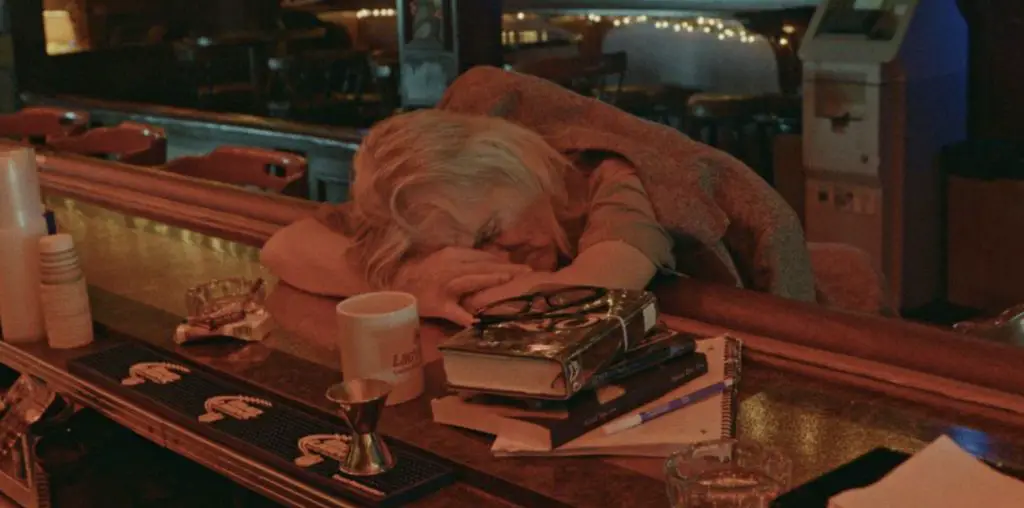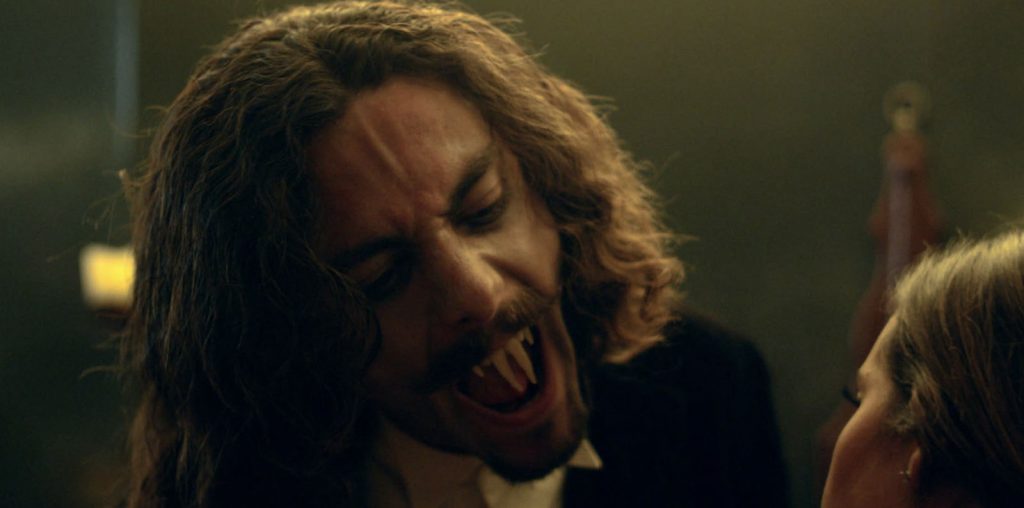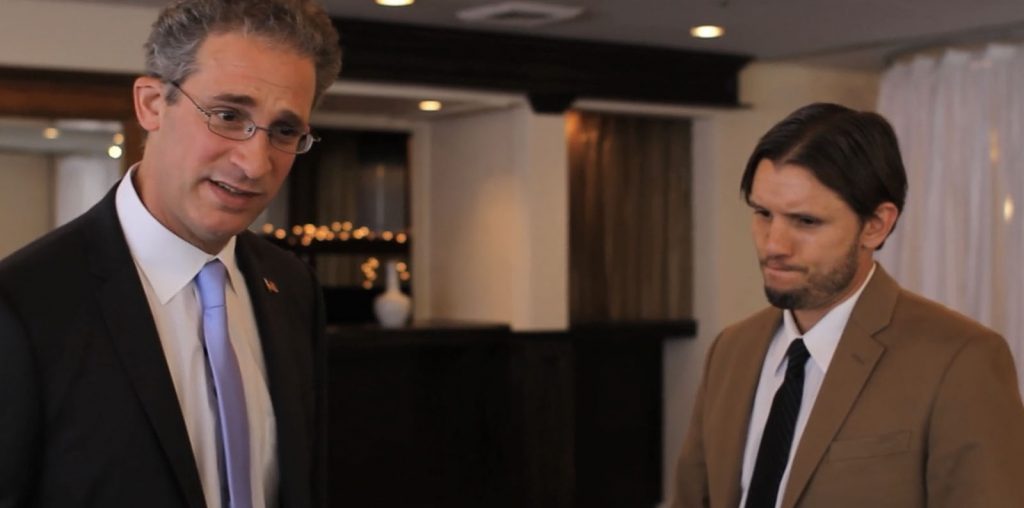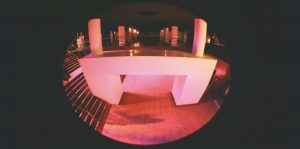
The most exciting part of the doc was what happened in the club. While it was not known as a gay nightclub, a large contingent of gay males frequented and influenced the overall experience of the club. With MDMA/Ecstasy in ample supply, one’s sexuality was explored and unleashed. Everyone wanted to get in—the desperate offered sexual favors for entry. Celebrities passed through the front door, including the son of President George H.W. Bush…yes, I’m talking about “W.”
The Starck Club was primarily a dance club, and that means music. Experts in the hottest dance/techno beats, the club’s staff DJs could skillfully read and manipulated a room, and they did just that. One story recounts Prince demanding his music be played, only to have the DJ scratch his record and chuck it across the room.
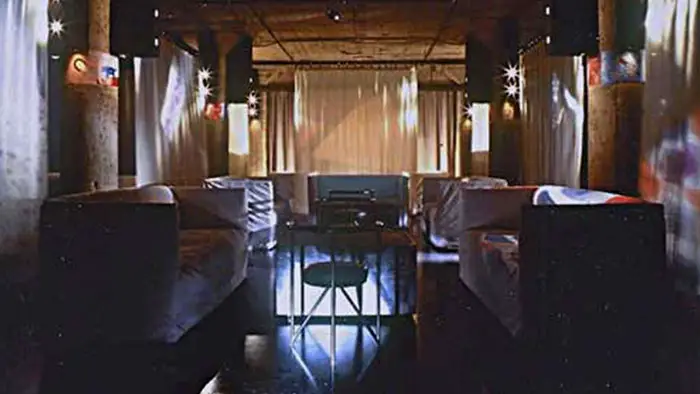
“…a large contingent of gay males frequented and influenced the overall experience of the club.”
Back to the drugs, the Feds and DEA would get word of the illegal distribution of Ecstacy and sent multiple undercover agents to collect evidence. Everyone knew a raid was imminent, but no one cared.
When its all said and done, Sex, Drugs, Design: Warriors of the Discotheque is a historical documentary and was made by those who were fortunate enough to have experienced The Starck Club and reminisce about their time. Here’s some perspective. This doc is the story of a single building in the middle of the largest city in the enormous state of Texas. The memory of The Starck Club could have quickly vanished into the ether, if not for Alexandre’s film.
Put together almost thirty years after the club closed with no original footage of the club to shoot, director Alexandre is left only with former investors, employees, and patrons who are still alive and mostly sober. The only archival footage comes from old photos, film footage, and VHS tapes. With what little he had, Alexandre was able to piece together a complete story about this legendary nightclub.
If there is one unforced error in the doc, it’s the nightclub dance beat that plays unceasingly from start to finish. It gets annoying throughout the film. It’s perfect as the soundtrack for the old dance floor footage, but not over the talking heads. The setting and composition of the interviews could also have been improved visually. Documentaries today are much more sophisticated, and the most mundane locations need to look appealing and professional.
Ultimately, the depictions and history in Sex, Drugs, Design: Warriors of the Discotheque shows The Starck Club was not only a fascinating historic building, but the stories that took place from within are equally captivating.
For more, visit the official site for Sex, Drugs, Design: Warriors of the Discotheque.
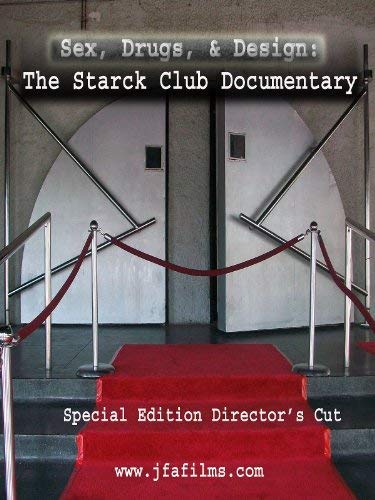
"…memories of The Starck Club could have quickly vanished into the ether, if not for Alexandre’s film."
